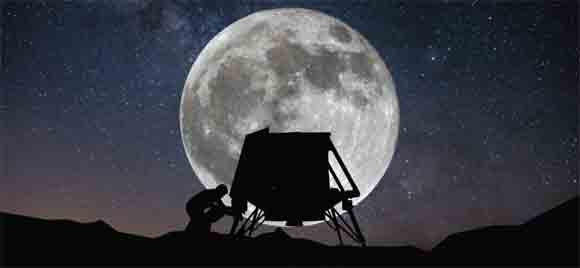Indian Space Research Organization (ISRO) has got a big success. The X-ray spectrometer ‘KLASS’ aboard its Chandrayaan-2 orbiter has detected abundant sodium on the lunar surface for the first time. ISRO said that the Chandrayaan-1 X-ray Fluorescence Spectrometer (C1XS) has detected sodium, paving the way for the possibility of detecting the amount of sodium on the Moon.
According to a recently published research report, Chandrayaan-2 has detected the presence of abundant sodium on the Moon for the first time using the CLASS (Chandrayaan-2 Large Area Soft X-ray Spectrometer), the National Space Agency said.
The ‘KLASS’ built at ISRO’s U R Rao satellite center in Bengaluru provides clear evidence of a sodium line due to its high sensing capability and efficiency, the statement said. But signs of sodium may also come from a thin layer of sodium molecules that are weakly attached to the Moon’s particles. If these sodium are part of the Moon’s minerals, then these sodium molecules can be more easily ejected from the surface by the solar wind or ultraviolet radiation.
According to the statement, an interesting aspect of interest to this alkali element is its presence in the Moon’s thin atmosphere, which is such a tight region that even molecules are rarely found there. This region is called the ‘exosphere’, which starts from the surface of the moon and extends for thousands of kilometers.
ISRO said, “This new information from Chandrayaan-2 will provide an opportunity to conduct a new study of the surface-exosphere on the Moon, to develop such models for Mercury and other airless bodies in our solar system and beyond.” will gain help in. PLC/GT












